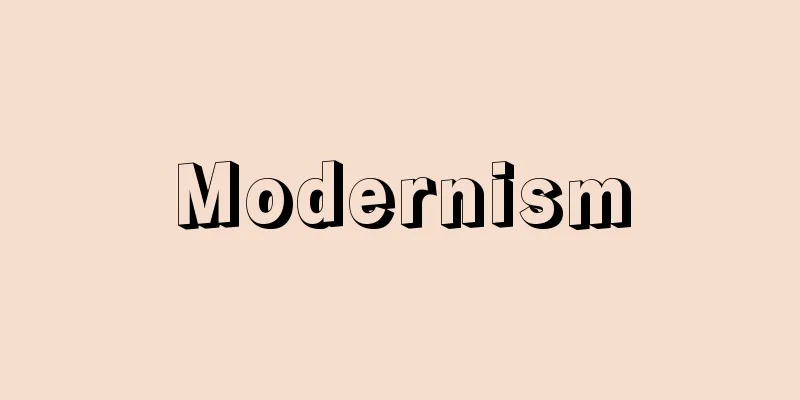Private magazine - Minkanzasshi

|
An educational magazine from the early Meiji period. Published by Keio Gijuku Publishing from February 1874 (Meiji 7) to June 1875. 12 volumes in total. Published irregularly. In the format of a folded half-sheet of paper, educational essays were printed using letterpress in classical Chinese mixed with katakana. The purpose of the publication was to educate the general public, especially rural communities, about policies that favored cities, but it gradually began to publish political commentary. Contributors included Fukuzawa Yukichi, Obata Tokujiro, Nakagamigawa Hikojiro, Yano Fumio, Naka Michiyo, Hayashi Mokichi, Fujita Mokichi, and Minoura Katsuhito. Source: Heibonsha World Encyclopedia, 2nd Edition Information |
|
明治初期の啓蒙雑誌。1874年(明治7)2月から75年6月まで慶応義塾出版社で刊行。全12編。不定期刊。半紙半截二つ折りの体裁に活版印刷でかたかな交りの漢文による啓蒙的論文を掲載。発刊の目的は,都会偏重の政策に対する一般民衆とくに農村社会への啓蒙活動にあったが,しだいに政治論説を掲げるようになった。執筆者には福沢諭吉をはじめとして,小幡篤次郎,中上川彦次郎,矢野文雄,那珂通世,林茂吉,藤田茂吉,箕浦勝人らがいる。
出典 株式会社平凡社世界大百科事典 第2版について 情報 |
<<: Folk beliefs - Minkan Shinko
>>: Civil Aviation Deregulation Act - minkankou kiseikanwaho
Recommend
Sabotage - Sabotage (English spelling) French
One of the means of labor disputes. It is usually...
Abbottina rivularis (English name)
Also known as Doromoroko and Sunamoroko. A freshwa...
Aiki
A district of Heihe City, located on the right ba...
Enugu - Enugu (English spelling)
Enugu is the capital of Enugu State in eastern Ni...
Pembroke table
…From the 17th century, small gateleg tables with...
Isogani - Isogani
This crab belongs to the order Decapoda, class Cr...
Russian alphabet - Русское письмо/Russkoe pis'mo Russian
The Russian alphabet consists of 33 letters. Ther...
Brown forest soil
This soil is found widely under broadleaf forests...
Inano (rice field)
...The residential urbanization was triggered by ...
Rodo
Uruguayan writer and thinker. Born in the capital,...
Slochter
...The marine clay and peat areas inside the dike...
Lee, MB (English spelling)
...The pen name of the American mystery writers F...
Patriotic New Magazine - Aikokushinshi
…The journal of the Aikoku-sha (the national lead...
'Abd Allāh b.Husayn
1882‐1951 The first king of Jordan. Second son of ...
Lönnbohm, AEL (English spelling) LonnbohmAEL
…A master of Finnish poetry. His real name was Ar...









